


&&&&&&&&&&&&&&&&&&&&&&&&&&&&&&&&&&&&
Hiroshima Day and Nagasaki Day
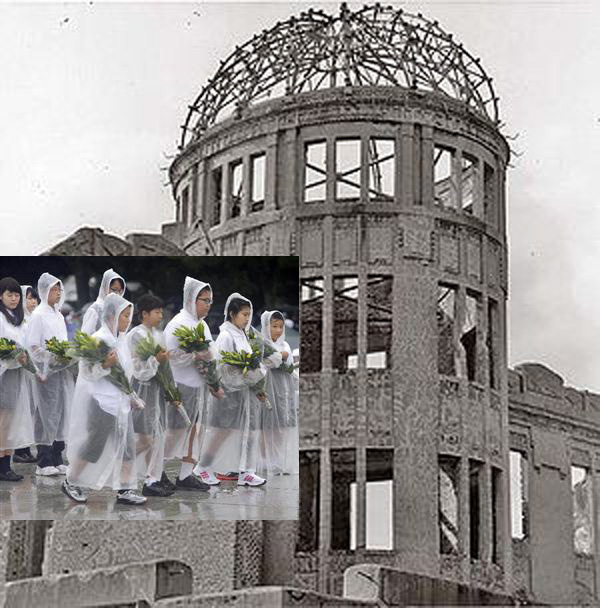
August 6th is Hiroshima Day, and August 9th is
Nagasaki Day.
People participate the memorial ceremonies to pray for the peaceful repose of
the victims of the atomic bombings.
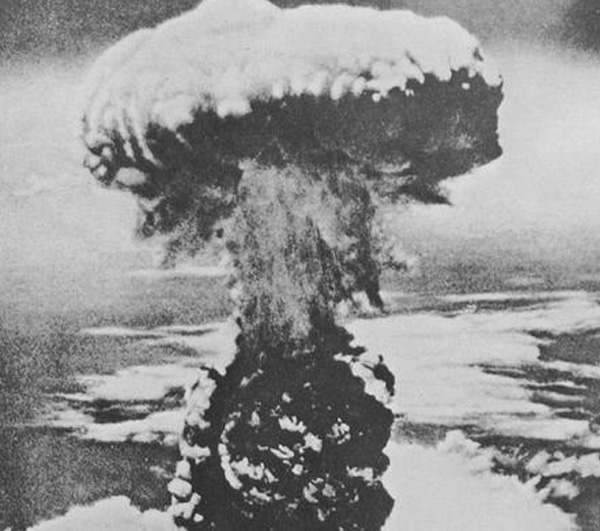
On August 6, 1945, an American B-29 bomber named the Enola Gay left
the island of Tinian for Hiroshima, Japan.
The uranium 235 gun-type bomb, named Little Boy, exploded at 8:16 a.m.
In an instant 140,000 people were killed and 100,000 more were seriously injured.
The blast wave shattered windows for a distance of ten miles
and was felt as far away as 37 miles. Hiroshima had disappeared under a thick,
churning foam of flames and smoke.
The co-pilot, Captain Robert Lewis, commented, "My God, what have we done?"
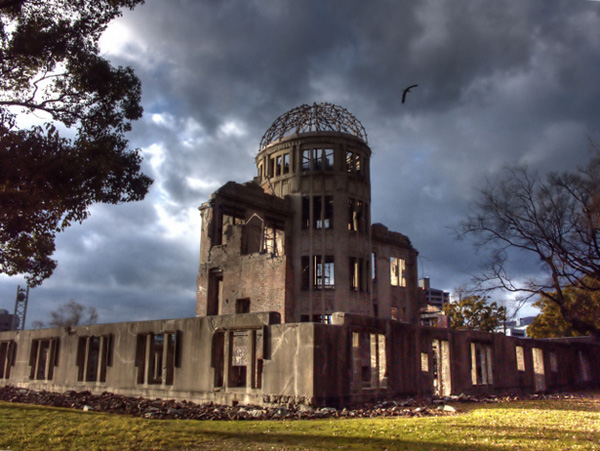
On August 9, 1945, another American B-29 bomber, Bock's Car, left Tinian
carrying
Fat Man, a plutonium implosion-type bomb.
The primary target was the Kokura Arsenal, but upon reaching the target, they found that it was covered by a heavy ground haze and smoke and were unable drop the bomb.
The pilot, Major Charles Sweeney, turned to the secondary target of
the Mitsubishi Torpedo Plant at Nagasaki.
The bomb exploded at 11:02 a.m. over the narrow Urakami Valley northwest of downtown Nagasaki.
Of the 286,000 people living in Nagasaki at the time of the blast,
74,000 people were killed and another 75,000
sustained severe injuries.
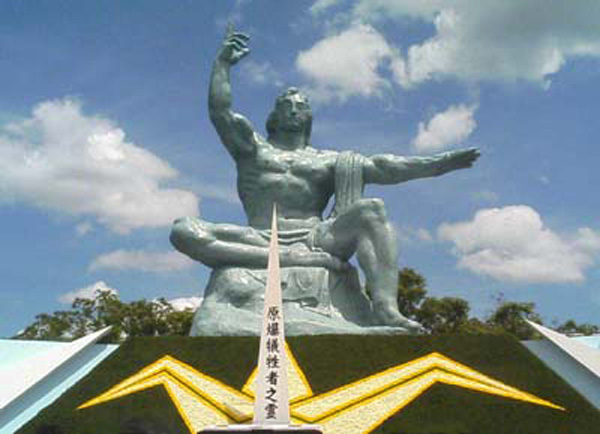
“A boy carrying his dead brother
to a crematorium”
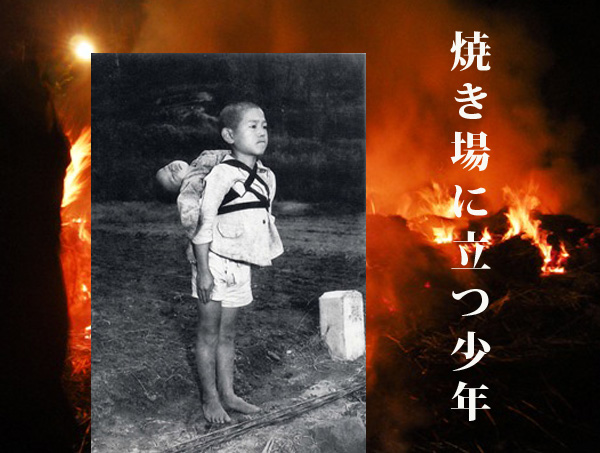
This picture was taken by Joe O’Donnell.
He was an American photographer who took pictures of the aftermath of the bombing and later became an outspoken critic of the atomic bombings.
He had a grudge against Japanese people as
enemies but while taking pictures of the effects of bombing in Nagasaki, his
hatred toward Japanese disappeared.
“The boy devoured the flame with his eyes while his little brother was cremated.
I noticed that the boy bit his lip strongly because his lip was stained wit blood.”
This picture tells us important things, which we should never forget.
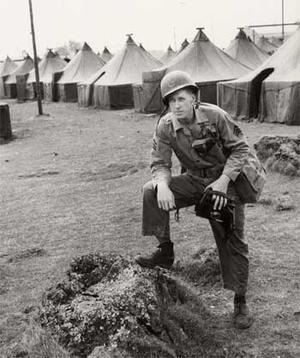
&&&&&&&&&&&&&&&&&&&&&&&&&&&&&&&&&&&&
O-Bon Season
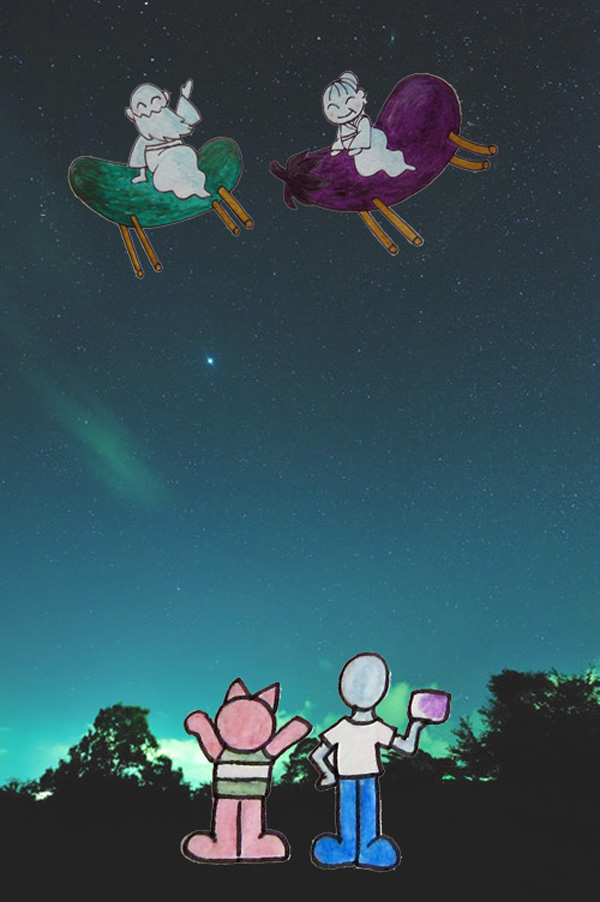
“O-Bon” is the Buddhist holy days and marks a reunion of
the living with the spirits of the dead.
During this season, people hold some traditional events to comfort
and entertain the spirits of their ancestors.
Shoryo-Uma
In some regions, people make Shoryo-uma (Horses of Spirits) with cucumbers, eggplants,
and matchsticks for spirits of ancestors.
It is believed that spirits of ancestors ride Shoryo-uma to return to the earth
during Bon-season and go back to their world
after the Bon season.
It is said that Shoryoma made of cucumbers
are horses and ones made of eggplants are
bulls.
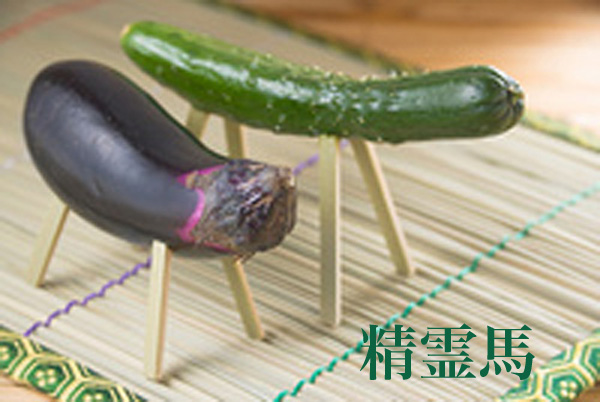
Bon-Odori : Bon Dance Festival
To entertain ancestors’ spirits, people
perform bon folk dances in the evening.
They are also enjoying the cool evening breeze. The mood is very festive and
friendly.
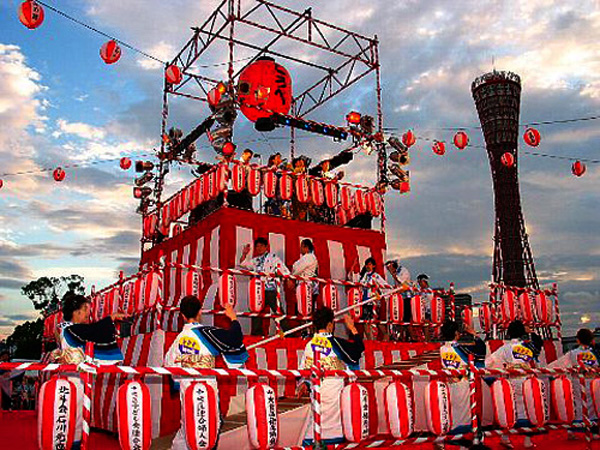
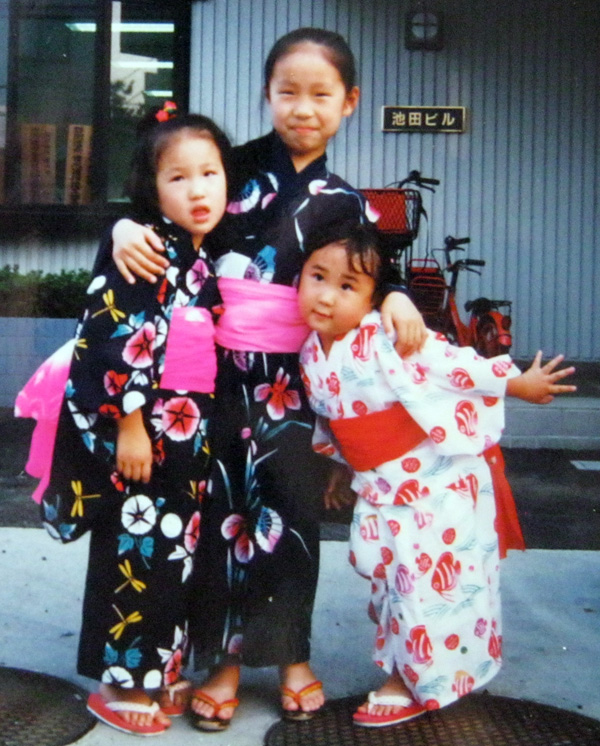
Gozan no Okuribi
Gozan no Okuribi more commonly known as
Daimonjiis a festival in Kyoto, Japan.
It is the culmination of the O-Bon festival on August 16,
in which five giant bonfires are lit on mountains surrounding the city.
It signifies the moment when the spirits of deceased family members,
who are said to visit this world during O-Bon,
are believed to be returning to the spirit world—thus the name Okuribi
(roughly, "send-off fire").
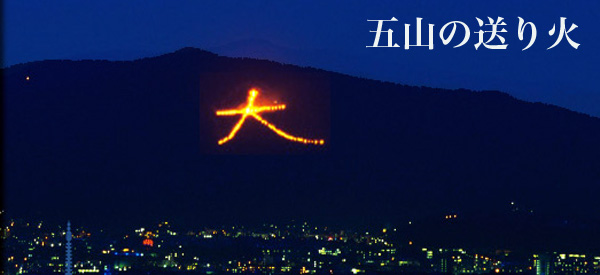
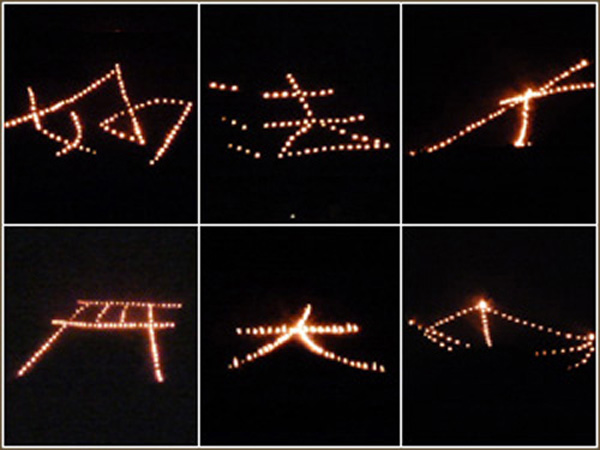
Shoro Nagashi
Shoro Nagashi : The Spirit Boat
Procession is an event celebrated
in various places in August. It is part of the Bon Festival.
During the event, the souls of the deceased
are mourned and sent off.
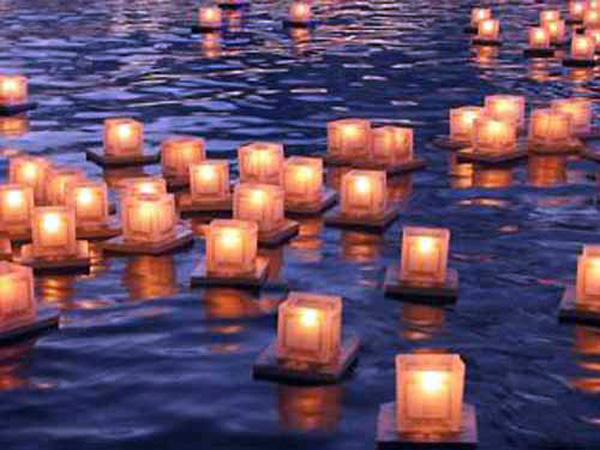
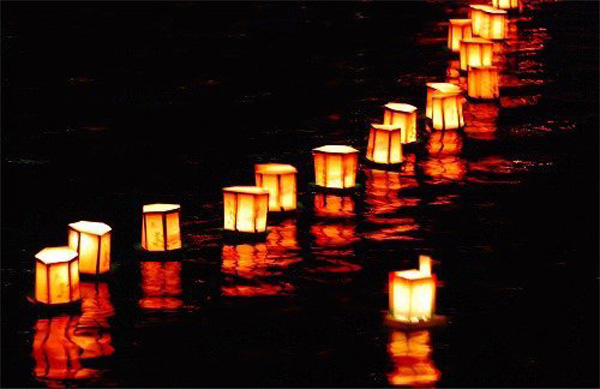
Kimo-dameshi
Kimo-dameshi : It is said that many
people can see ghosts at cemeteries
during Bon-season, so some young people visit cemeteries at night to test their courage.
This type of event is usually called,
“Kimo-dameshi”
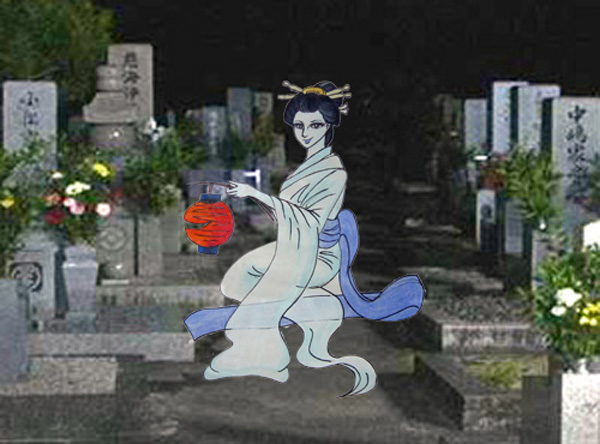
&&&&&&&&&&&&&&&&&&&&&&&&&&&&&&&&&&&&
If you have
some questions about this page,
please feel free to contact us at:
redraigsince2002@hotmail.co.uk